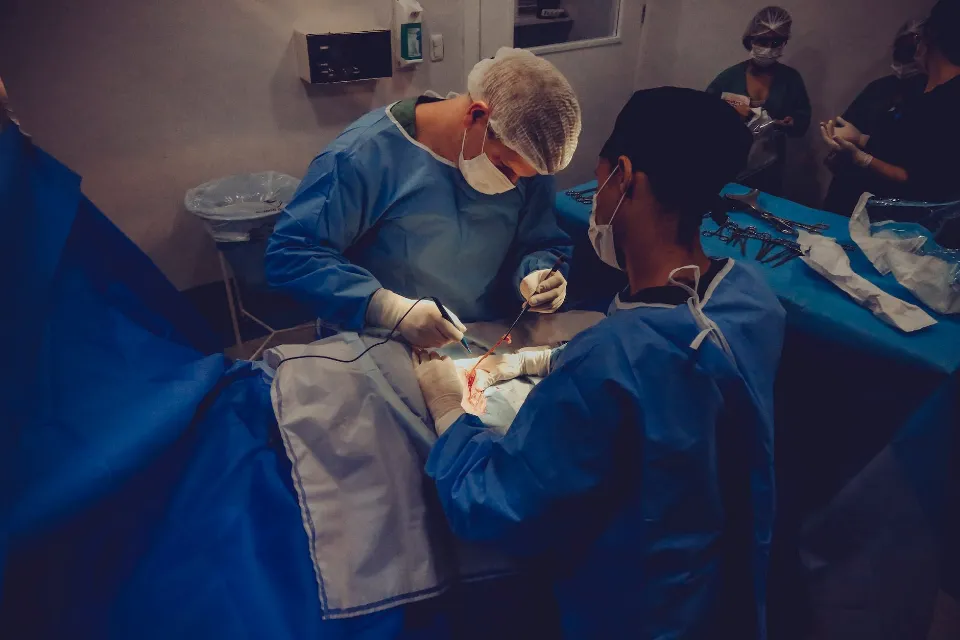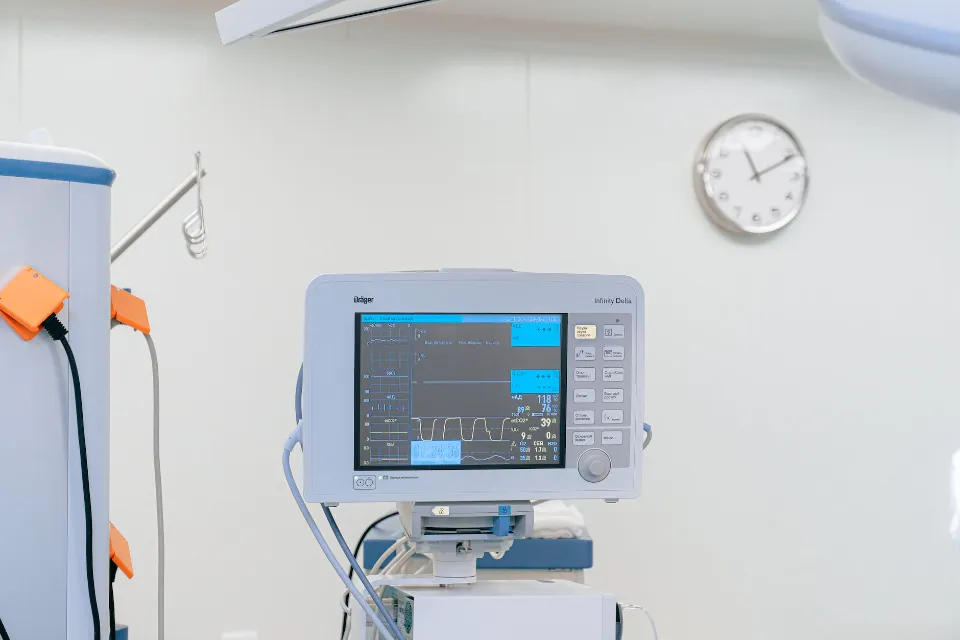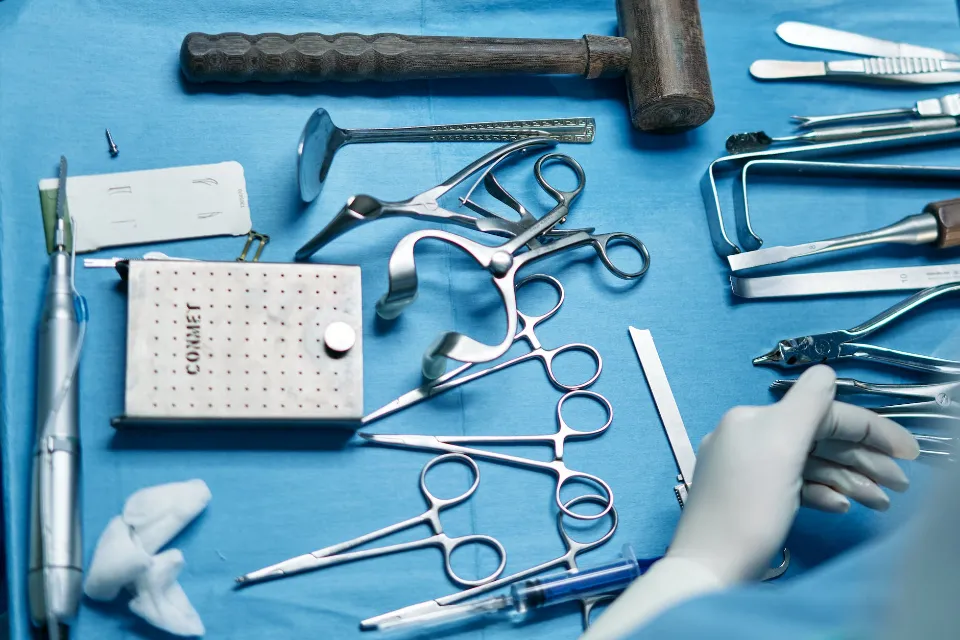When the cushioned cartilage in our hip joints deteriorates with age, the bones begin to rub against one another and cause pain. Hip replacement surgery is necessary when this pain is intolerable. Fractures and rheumatoid arthritis are two additional causes of this surgery.
However, there are measures you can take to maintain the strength of your hip bones so that, if at all possible, you can avoid surgery. You can find out by scrolling down!
Read more: What Can You Never Do After Hip Replacement: 8 Things! – Elder VIP
What is a Hip Replacement and Who Needs It?
In a hip replacement, a damaged hip joint is replaced with an artificial one (referred to as an implant).
Any adult can be considered for a hip replacement, though most procedures are performed on patients between the ages of 60 and 80.
The lifespan of a contemporary artificial hip joint is at least 15 years. Most people experience a significant decrease in pain and an increase in their range of motion.
When the hip joint is worn out or damaged, it is usually necessary to have hip replacement surgery because this reduces mobility and causes pain even when you are at rest.

Osteoarthritis is the most common cause of hip replacement surgery. Other conditions that can cause hip joint damage include:
- Rheumatoid arthritis
- Hip fracture
- Septic arthritis
- disorders that cause unusual bone growth (bone dysplasias)
Risks of Hip Replacement Surgery
Complications of a hip replacement can include:
- Hip dislocation
- Infection at the site of the surgery
- Injuries to the blood vessels or nerves
- DVT (deep vein thrombosis)
- A fracture in the bone around the hip replacement during or after the operation
- Differences in leg length
The likelihood of serious complications is minimal. Additionally, there is a chance that an artificial hip joint could malfunction or prematurely wear out. Some people may require revision surgery to repair or replace the joint.
The best way to avoid hip replacement surgery and the risks it entails is to follow these recommendations.
5 Ways Avoid Hip Replacement
Timely Management of Hip Pain
Make an appointment with the specialists at the Orthopedic Performance Institute if you have hip pain. We can diagnose your condition and recommend the best courses of preventative treatment. Boerne and San Antonio’s Stone Oak neighborhood both house offices for the Orthopedic Performance Institute.
Adhere to Good Standing Posture
By sitting and standing with your bones in good alignment you avoid unnecessary stress and tension on your hip socket and surrounding muscles.
Aim to sit on top of and slightly forward of your sit bones, which you can actually feel through your posterior cushioning. Avoid low or “bucket” seats in vehicles because the hip socket is put under stress by the seat’s extreme flexion. Select a supportive office chair that can be adjusted to your specific height and has a firm, flat surface. By doing this, you can maintain the health of the muscles and bones in your legs, hip joints, and hip joints. Ideally, you should also have your knees slightly bent and your feet flat on the floor or on a foot rest.
Avoid sticking out your bottom or tucking your tail when standing. In order to maintain good balance, move around, and allow free and coordinated movement between your pelvis and legs, your pelvis should ideally be in the middle position and “free-floating.” Being in one extreme or the other puts stress on the psoas (hip flexor), which travels directly in front of your hip joint.
Don’t Be Overweight
Your joints will be under 30 to 60 additional pounds of pressure for every 10 pounds you gain, which will hasten cartilage breakdown. A significant difference can be made by losing the extra weight.
Be careful what you eat because some things can make you gain weight more quickly and even cause inflammation, which can make hip pain worse. These include potatoes, sugar, white rice, and white flour.
Exercise Diligently
Exercise also strengthens the muscles around your hips and back, which will help you reach your weight goals. When these muscles are strong, your hips have more support to achieve better alignment and prevent grinding.
Change up your routine to train different body parts while also keeping your enthusiasm high. You don’t have to become a bodybuilder. Swimming, walking, biking and using an elliptical machine are all good types of exercise that are easy on the joints and help you to gain strength and flexibility.
Try Medication
Hip pain can be reduced by using over-the-counter NSAIDs like Nuprin, Advil, and Motrin.
Supplements containing chondroitin and glucosamine may also be beneficial. While glucosamine encourages cartilage formation and repair, chondroitin sulfate can help prevent cartilage deterioration.

How to Prepare for a Hip Replacement Surgery?
Here are some recommendations if you need to have hip replacement surgery.
Quit Smoking
Prior to surgery, you should stop smoking if you smoke. Smoking’s effects on nicotine can slow healing and alter blood flow. You’ll also be at greater risk from complications if you smoke before your surgery and during your recovery.
Nicotine is one of the factors contributing to the complications brought on by smoking, so using nicotine replacements is not advised.
Get Your Home Ready
Your mobility will be impaired after surgery, so it’s crucial to make sure your home is set up to minimize trip hazards. This may entail rearranging furniture, taking out rugs, setting up a bed in a different room (for example, on the ground floor if your bedroom is typically upstairs), and creating enough room to move around with crutches or a walker.
Ensure that the room where you’ll spend the majority of your time during the first week of your recovery has everything you’ll need. Setting up a location where everything you’ll need is within easy reach, including the TV remote, your glasses, books, magazines, your phone, and other items, may be necessary. It’s also a good idea to prepare and freeze meals in advance.
Consider What Else You’ll Need
Prepare your home, but also consider what else you might need to make life simpler while you’re recovering. Railings in the bathroom can make it safer when you need to go to the toilet or take a shower.
Self-help tools, such as long-handled shoehorns and teachers can make getting ready in the morning and picking things up easier, respectively. Additionally, make sure all existing safety precautions, such as stair railings, are in place and secure by checking them twice.
Conclusion
I still think that the best course of action is to steer clear of hip replacement whenever possible. Our bodies are very strong and can withstand significant stress, especially when used in the manner intended, with the exception of some congenital defects and diseases. Many times, it’s still possible to take action to safeguard your hip.



